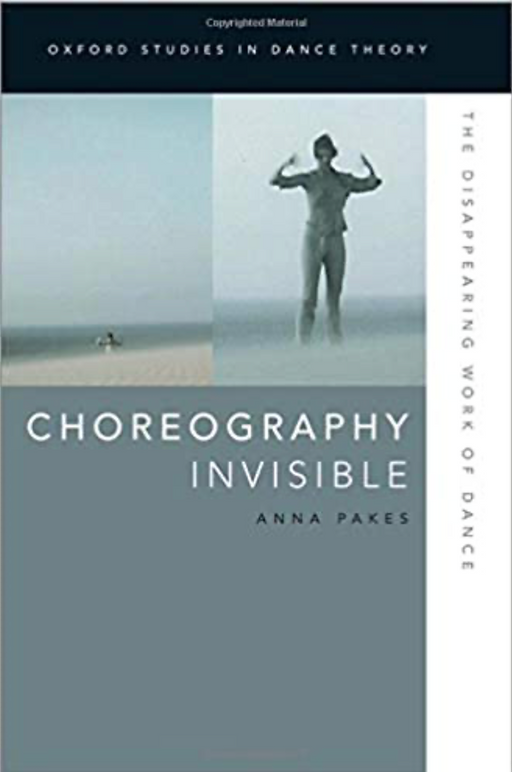.Cynthia DuFault.
Associate Professor
(9/1/2022)
JOURNAL OF DANCE EDUCATION
The Journal of Dance Education
Published Online: Oct 19, 2020
"Choreography Invisible:
The Disappearing Work of Dance"
By: Anna Pakes

What is a dance work? Are there essential facts or conditions connected with or relevant to such an art that defines it? Has the history of dance changed the construct of what it is? Unlike the tangibility of a sculptural or a poetic work, can dance actually be constituted as a work; therefore, without being an actual article or substance, is it simply an arranged action?
While the extent of investigation in dance philosophy is less than other art forms, Choreography Invisible: The Disappearing Work of Dance by Anna Pakes presents a compelling read for those interested in (a) critical reflection and (b) more than casual concerns regarding what constitutes a dance work. Ballet and contemporary/modern scholars alike who read this collection of philosophical examinations will be richly rewarded.
Pakes begins Part 1 of the book by exploring the nature of dance works based on long-term historical perspectives and a range of movement genres. She focuses on Western dance from its development in Europe during the Renaissance to the rise and growth of ballet, and she extends through to twenty-first-century postmodern dance; she assesses the changing (a) theoretical applications and (b) ways in which dance was created, observed, and analyzed.
Parts 2 to 5 focus on identified principles and their relations that all dance works seem to have. This includes creation, repeatability, persistence, loss, and recuperation. Questions that were investigated center on such focal elements as what identifies choreography; how is it reconstructed and performed in order to be considered a work; and is identity implied if a dance is notated, scored, filmed, or copyrighted? Part 2 centers on choreography and the choreographic process; the author explores dance works as abstract objects and as fictional rather than real.
Parts 3 and 4 challenge ideas of repeatability, identity, and persistence of dance works in terms of (a) directorial adaptation of dance reconstructions, (b) the qualitative interpretation of these works by the performer, and (c) the ways in which all dance works appear somewhat different—performance after performance—while remaining the same in certain aspects.
Pakes explores the very nature of a dance work and its authenticity while investigating the specifications of original choreography. In her examination, she determines that (a) a reconstructed work may likely be altered by interpretation and (b) when repertory dance works pass through multiple performances by various cast members, the question of persistency emerges. She asks an interesting question: When choreography is altered from its original state in order for it to be relevant for the time, does it retain its identity even though its original state may change?
In Part 5, Pakes discusses the tendency for dance works to be performed and forgotten, and what it means when they are lost. Is it because the medium essentially leaves nothing behind, is it the subject matter, or is it the loss of the technique or movement quality that created the choreography? “Disintegration of the background practice is arguably more significant for work loss than absence from either a live repertoire or the documentary archive” (247). Part 5 explores different methods and conditions of dance reconstruction with the resolution to keep choreography visible.
The overall book evolves as a developing argument of what a dance work is, where each chapter builds upon another by reflecting on prior investigations. For example, Part 1 provides some historical context for individual works discussed in Parts 2 to 5. It is also formatted where individual parts or even chapters could be read individually. Drawing together all of the various examinations, Pakes concludes the book by pointing out both the limits of its achievements and directions for future research. Pakes emphasizes concepts relevant to a dance work, while offering new critical perspectives related to history, genres, and dance making. “An overarching aim of my book is to make dance works more visible—less prone to disappearance—in the context of art ontological debate” (20).
For those curious to explore what constitutes a dance work, and for those excited to find higher meaning in dance, Choreography Invisible: The Disappearing Work of Dance is indeed a must read.
- Cynthia DuFault, MFA
